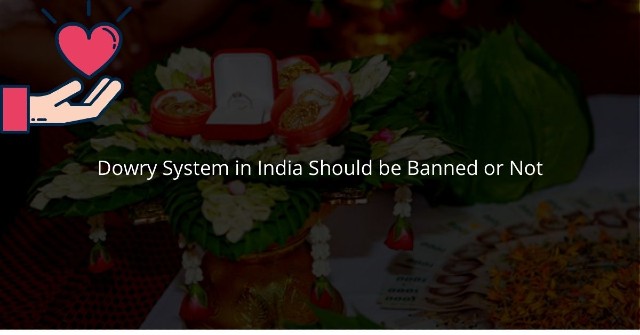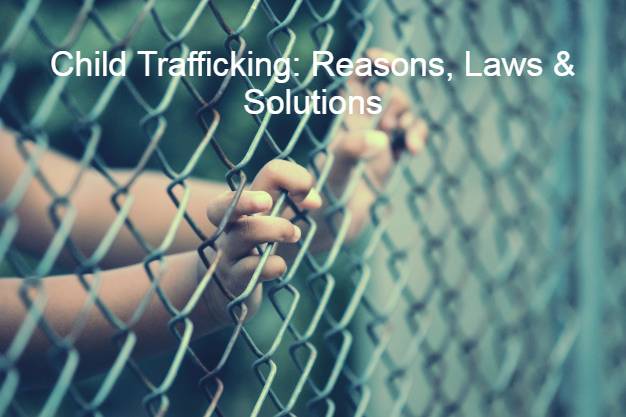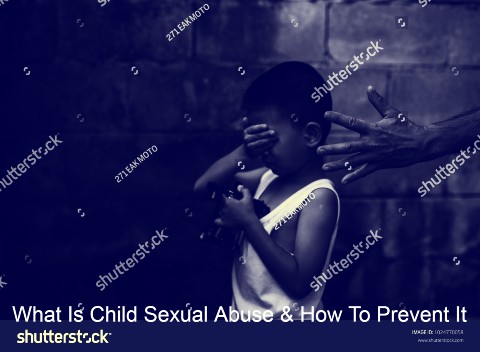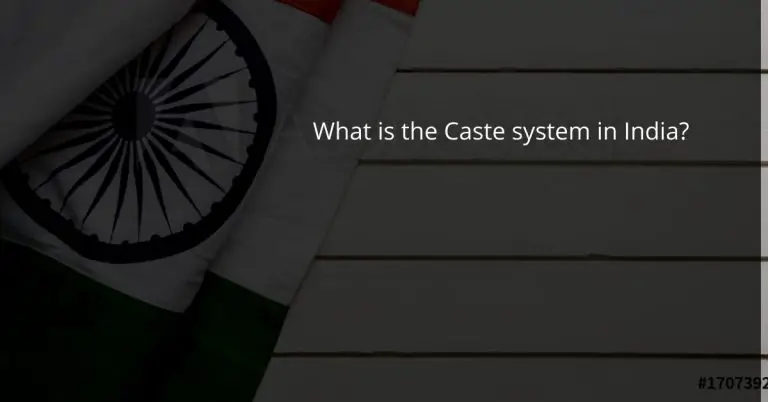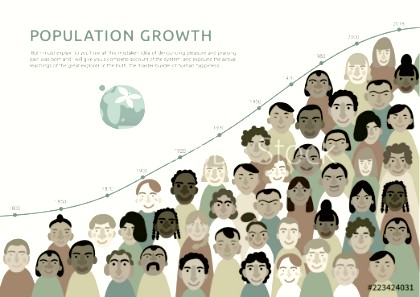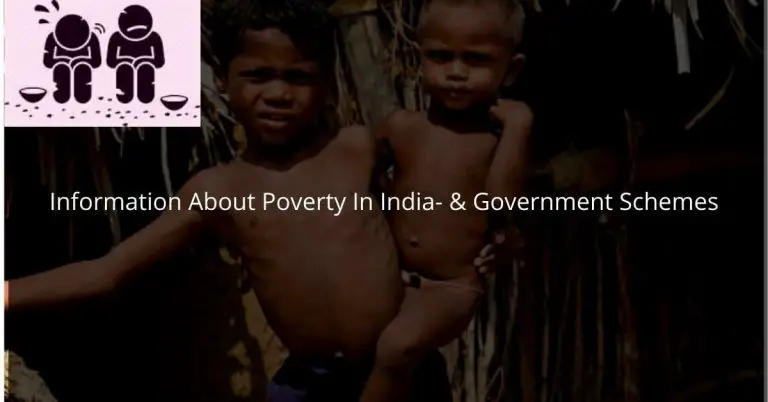Brief information about Untouchability and Untouchables in India
,
Untouchability or (Untouchable) is a social evil and a serious threat associated with traditional Hindu society. Despite the various efforts of many social reformers such as Dr. “Bhimrao Ambedkar“ and article 17 of the Constitution made by him, despite the abolition of untouchability, this practice has been in vogue since time immemorial.
What is untouchability?
Untouchability is a general term that can be understood by the practice where a person belonging to a particular caste or class was born into a lower caste or belonged to a lower caste group and discriminated against that group by performing low-level tasks Does. for example; The upper castes of the so-called Brahmins, Kshatriyas, etc. cannot feed with the lower castes.
It is believed that by touching untouchables, even their shadow, the upper caste people become impure, and to regain their purity they have to bathe in the holy Ganges-water.
Who is untouchable in India?
According to the traditional ancient “varna-system”(Caste system) of Hindus, a person is born into one of the 4 castes on the basis of karma and ‘purity’. Those born in Brahmin varna are priests or teachers, rulers or soldiers born in the Kshatriya clan; A merchant born in the Vaishya varna, and a laborer born in the Shudra varna.
,,, in India today are actually out of caste. They do not directly count in the traditional “varna system” of any Hindus. Dr. According to Bhimrao Ambedkar, untouchable is a completely new class in India, for example, the fifth is the new Varna, which is different from the four already established Varnas. Thus, untouchables are not recognized in the caste system of Hindus.
However, historically low-level individuals who used to do substandard low-level jobs, criminals, individuals who were suffering from contagious (touching disease) disease, they stayed out of society, Were considered untouchable by civilians called civilized. At that time, that person was expelled from the society on the grounds that it is harmful to other people of the society, touching his disease can happen to anyone and at that time there was no cure for this disease due to which he Outside the society, other people were kept for protection.
Untouchability was also practiced in the form of punishments that were given to those individuals who broke the rules of society and obstructed the social system.
Who is a Dalit?
The suppressed caste (living under pressure), Harijans, etc. are known as untouchables in India; But today they are called Dalits. In modern times, Dalits are addressed to their caste, expecting a person’s status. It is said to be born to those who are born in the house of a person called untouchable, a person of inferior work, or any member belonging to it.
It is said or done only that if his family member was untouchable, then every person or community connected to him would be in the same category. They are considered unholy and corrupt due to which they are physically and socially expelled from the rest of society and kept separate
Nowadays, members of the Scheduled Castes or Tribes (SC / ST) are considered ‘Dalits’ and are made the subject of various kinds of discrimination in society. Particularly Scheduled Castes such as the Chamars, Pasi and Bhangis are considered as Dalits, these people are generally poor (low-level work) like cleaning the dirt, making things from leather, sweeping, They search for and sell things like garbage or waste.
Types of Discrimination with Dalits or Untouchables
According to the National Campaign of Dalit Human Rights (NCDHR), various types of discrimination against Dalits are carried out in India which are as follows:
- Eating with other people is prohibited.
- Prohibition of marrying a member of any other caste.
- Separate glasses of tea for Dalits in villages.
- Differentiation in seating arrangement in hotels and separate utensils for eating.
- Separate arrangements for seating and eating at festivals and events in villages.
- Prohibition on entry into temples.
- Prohibition on wearing slippers in feet and putting umbrellas in front of persons of governed caste.
- Prohibition to walk on public roads in villages.
- Separate crematorium (where dead persons are burnt.).
- Separate seating arrangement for Dalit children in schools.
- Facing social boycott by the ruling castes for refusing to do their jobs.
Elimination of untouchability under the Indian Constitution
India gained independence on 15 August 1947 after a long painful struggle of 100 years. This struggle was not only against foreign British rule but also against social evils like untouchability which had been going on for centuries. After the independence, the great leaders of the freedom struggle, while formulating the constitution, determined that provisions should be made in the constitution in the context of eradication of the evils spread in society and for the upliftment of backward castes.
Keeping these objectives in mind, Article 17 was added to the Constitution, in which the following provisions were made:
- Elimination of “Untouchability” is not allowed to be practiced in any way. Any kind of discrimination in the name of “untouchability” will be punished under the law, considering it a crime. “
- Thus, Article 17 does not allow the adoption of untouchability in any form. Also, it also provides punishment under the laws made in the Parliament, considering it a crime.
- The Untouchability Act 1955 was passed in Parliament to give Article 17 recognition in the Constitution. The Act provides for penalties for discrimination in every way, although it is rarely used in reality, with the penalties prescribed for it reduced.
- The implementation of the Untouchability or Untouchability Act 1955 had many shortcomings and ways of escape, due to which the government amended it in 1976 to make its punishment even more stringent. This Act was converted into the Civil Rights Protection Act.
- However, the threat of untouchability remains constant and Dalits are still being discriminated against, their socio-economic status is thoughtful, they do not have many civil rights and at the same time, they are subject to many crimes, insults, and contempt.
- Simultaneously, Parliament passed the Scheduled Castes and Tribes Act 1989 (Violent Prohibition) to prevent violence with the underprivileged sections of society. This Act provides more elaborate and punitive means to prevent discrimination and violence against Dalits. The main objective of this act was to include Dalits with respect in Indian society.
These Acts mentioned above were made with good aims and positive aims to eradicate discrimination against Dalits / untouchables but in reality, these Acts have failed to live up to expectations.
Untouchability current scenario
The feeling of superiority of caste and birth is still present in our society. We experience untouchability in our surroundings every day, especially in rural and towns. Even in big cities, waste pickers are still treated with inhumanity
. According to the information of “Press Trust of India” (PTI) on 3 January 2014, Karnataka police arrested 4 tea vendors for dealing with untouchability, Hindus, and SCs. And ST People used different types of cups while giving tea to the caste people. This incident shows that this evil has reached such a depth in Hindu society that even after 70 years of independence, it is present in different forms.
However, it is said that things change slowly; There has also been a change in the thinking of modern youth. The scenario of modern education and globalization of today’s youth has changed the thinking on different dimensions of equality at the social level and not from religious and traditional perspectives.
The hope is that untouchability or the evil practice of untouchability will soon be eradicated from the society, after which our country will be the representative of the new era of social equality and brotherhood, which will be the true India of Gandhi and Ambedkar, Which he envisaged at the time of independence and constitution.

